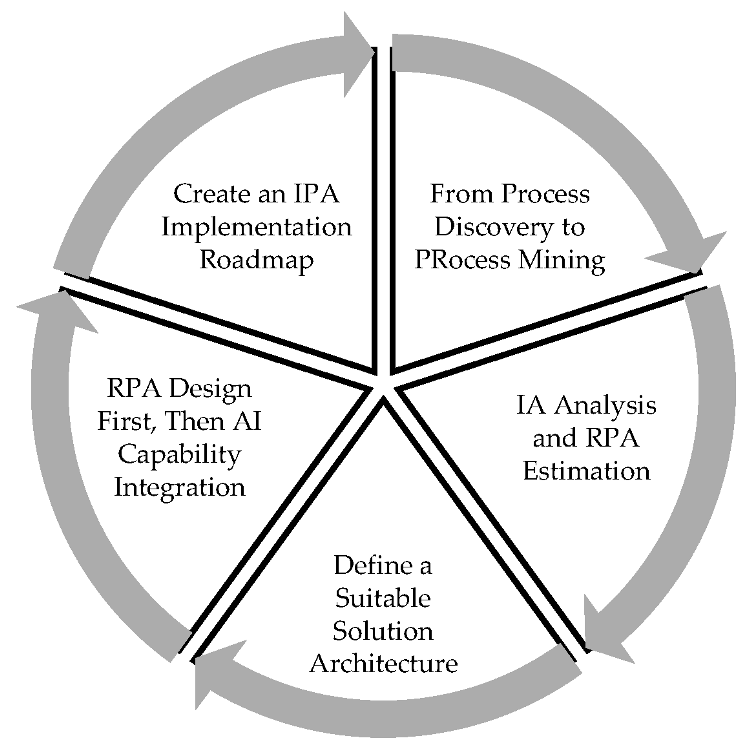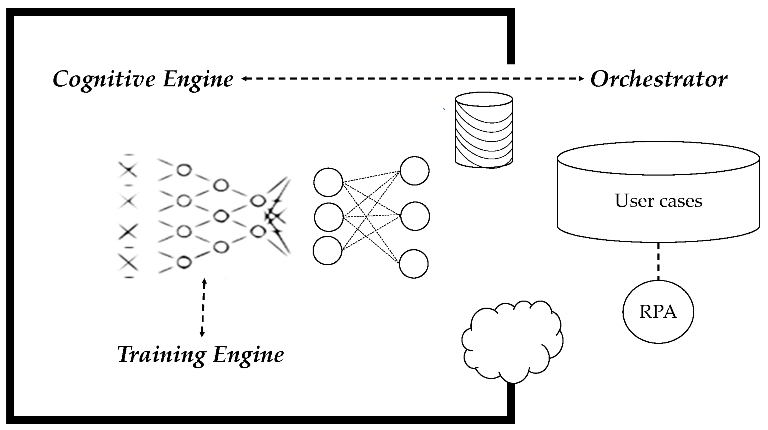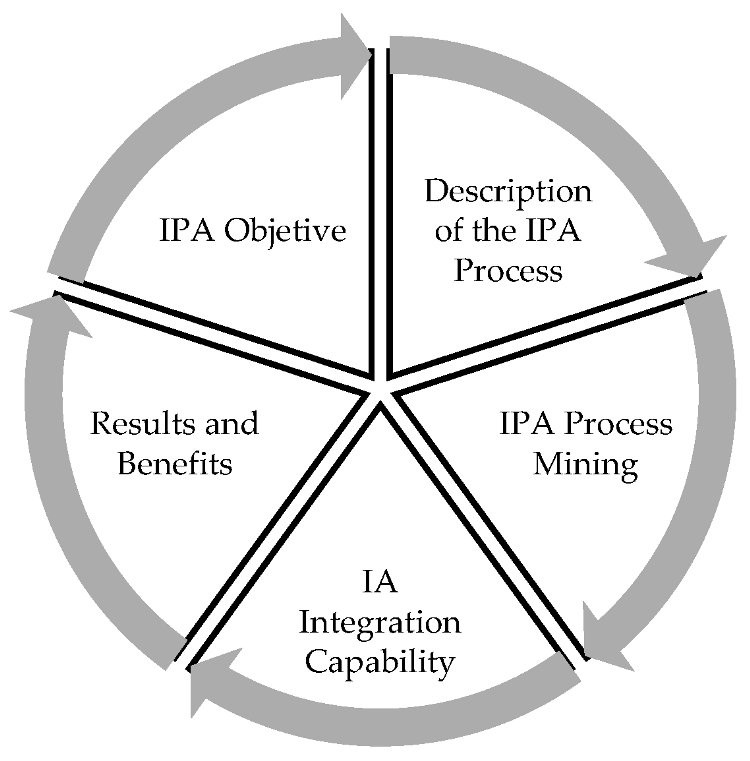A paper recently published in the journal Sustainability demonstrated the feasibility of using intelligent process automation (IPA) in the manufacturing industry.

Study: Intelligent Process Automation: An Application in Manufacturing Industry. Image Credit: Alex_Traksel/Shutterstock.com
Background
Enterprises are increasingly focusing on fundamental digital transformation that allows business systems to become intelligent and adapt to continuously evolving preferences of sensitive buyers and business dynamics. Customers also prefer responsive and adaptive business systems that can perform their daily workload and allow them to make more trustworthy and knowledgeable decisions by providing additional insights.
The IPA is considered one of the most strategic and potential technology solutions to develop a corporate digital transformation. In this paper, researchers introduced the essential concepts concerning IPA implementation in industries and proposed a framework to successfully implement IPA technologies.

Framework to implement IPA in industries. Image Credit: Burgos, D et al., Sustainability
Robotic Process Automation (RPA)
RPA is a type of software that mimics daily human interactions with computers and then replicates those human activities, such as executing workflows and entering data, automatically without human intervention. RPA can replace any rule-based activity performed manually in a computer, specifically interactions with customer relationship management (CRM) software such as Hubspot or Salesforce and information systems such as email and system applications and products in data processing (SAP).
Thus, the RPA technology increases throughput and profitability by automating the repeatable and recurrent processes. RPA is commonly used in business administration, accounting and finance, banking, and capital markets. However, RPA has several limitations, including lack of stability of data volumes, inconsistency in decision making, incapability to adapt to changing conditions, and the need for good process mining, which necessitates the application of new use cases and methodologies such as IPA.
IPA
RPAs endowed with artificial intelligence (AI) capabilities are referred to as IPAs. The built-in AI capabilities, such as application programming interfaces (APIs), natural language processing (NLP), deep learning (DL), data mining process discovery, speech algorithms, AI-screen recognition, optimization models, and machine learning (ML) can help in overcoming the limitations of RPA by optimizing, analyzing, and forecasting data to resolve problems.
However, the core technologies of IPA, excluding the RPA, include NLP, mathematical programming, DL, NLP, ML, and artificial vision. Enterprises can improve their operations and customer interactions, create new business models, gain deep process insights, and optimize efficiency by combining RPA automation capabilities with AI skills.
However, enterprises must carefully consider the process and methodology for combining RPA with AI to ensure the successful implementation of the project. Specifically, they should consider the core AI technology used to solve the problem, the significance of process mining, the computing architecture used, and the robustness of the system design.

IPA common architecture example. Image Credit: Burgos, D et al., Sustainability
Digital Technology Implementation in the Industries
Digital transformation typically generates changes at multiple levels, including organization, business, and process. Enterprises with a coherent plan to integrate the digital and physical components in operations can successfully implement digital transformation of their business models.
However, the implementation considerably depends on a methodological point of view in place of a theoretical definition, as digital technology implementation has become one of the major difficulties in every industry undergoing digitalization.
IPA Implementation Framework in Industries
The IPA implementation framework includes the creation of an IPA implementation roadmap, from process discovery to process mining, RPA estimation, and AI analysis, defining a feasible solution architecture, and finally, RPA designing, followed by integration of AI capabilities.
Creation of an IPA Implementation Roadmap
An IPA roadmap must have a comprehensive view of the added value obtained due to the integration of AI capabilities to deliver enhanced business outcomes and gain more benefits. Process mining is crucial for determining the project design and correctly deciding the technology for implementation.
The review of segregation of mechanisms and responsibilities must ensure swift resolution of conflicts using reporting rules and a decision matrix framework. Additionally, conducting a cost-benefit analysis is important as IPA implementations involve expensive AI platforms and complex integrations with APIs.
Tracking the key performance indicators, benefits, and measures that cover various aspects of the intelligent automation solution, such as productivity metrics, is also necessary. Finally, management changes that affect functions, teams, and roles in IPA implementations must be considered.
Process Discovery to Process Mining
Process blueprints are often formed by surveying subject matter experts and process owners, observing various jobs of employees and the environment, and conducting workshops with relevant people. To define a process, relevant business events and activities should be identified, and the business logic must be specified in a structured and organized scheme.
However, the discovery process can be automated and oriented by process mining, which involves the application of data science, self-learning algorithms, simulation, and AI to obtain process structure and knowledge.
Process mining provides a comprehensive view of processes and identifies variations, bottlenecks, and the underlying causes of inefficiencies, which enable engineers to quickly improve the process efficiency and identify the stages in the process where RPA-IPA can be implemented, leading to significantly faster implementation of the automation solution.
RPA Estimation and AI Analysis
The integration of AI capability into the RPA must be analyzed during RPA project estimation and process mining to identify the specific process step where the AI capability would be applied. High return on investment (ROI) projects and stable applications should be prioritized for RPA and AI implementation.
Additionally, good quality data must be provided to run algorithms, ML applications, or self-learning algorithms, and an exemplary solution architecture should be defined to allow the smooth deployment of AI. A straightforward and robust AI implementation should be preferred over complex algorithms that decrease the sustainability of RPA.
Defining a Suitable Solution Architecture
The experience and ability to support an all-inclusive architecture covering the crucial components of intelligent automation is a critical factor that determines the success of an IPA implementation. Thus, companies must assess capabilities in this area to ensure seamless integration of new systems with the existing enterprise ecosystem.
To define a suitable solution architecture, optimal databases must be selected to expose and store the data depending on the nature of the data, the AL algorithm outputs and inputs should be stored in suitable data repository technology, and the IPA must be co-created by the IT and business teams to ensure project success.
RPA Design and AI Capability Integration
The AI capability must be added after designing the RPA during IPA implementation as organized, knowledgeable, and connected data is essential for applying AI and cognitive techniques. The RPA technology assists in mapping the outputs and inputs of processes, enabling data maturity for the AI implementations.
In most of the common IPA applications, algorithms play a critical role in identifying decision-making and data patterns observed in the process flow. IPA applications are also effective in scenarios with optimization logic, large bottlenecks, and cognitive analysis. However, ML algorithm can offer recommendations concerning the best set of possible actions to human employees in scenarios that require human validation.

Sequence of instructions to apply the proposed technology in manufacturing industry. Image Credit: Burgos, D et al., Sustainability
Application of IPA in the Manufacturing Industry
An application of IPA in the manufacturing industry was presented in this study, where the sending of production orders to a fabric finishing plant was automated. The objective of IPA was to automate the purchase order creation process for fabric stamping. Initially, the process started with an incoming customer email with an attached file containing a set of fabric purchasing requirements of various types, colors, and qualities. Then, the obtained information was validated and sent to the orchestrator for robot activation.
The significant potential of incorporating AI into the RPA was identified, which would allow optimization in the cutting and allocation of fabric rolls as the primary raw material. The results after IPA implementation demonstrated that the automation of the process freed up the time of two employees, time spent on every order was reduced from 12-15 min to 5.1 min, urgent requirements were met, and the processing pipeline was streamlined due to prioritization of orders, and fabric wastage decreased by 30%, leading to economic benefits.
To summarize, the study successfully demonstrated the potential of IPA and its quantifiable benefits in the manufacturing process.
Disclaimer: The views expressed here are those of the author expressed in their private capacity and do not necessarily represent the views of AZoM.com Limited T/A AZoNetwork the owner and operator of this website. This disclaimer forms part of the Terms and conditions of use of this website.
Source:
Burgos, D., Branch-Bedoya, J.W., Jimenez-Builes, J.A. et al. Intelligent Process Automation: An Application in Manufacturing Industry. Sustainability 2022. https://www.mdpi.com/2071-1050/14/14/8804